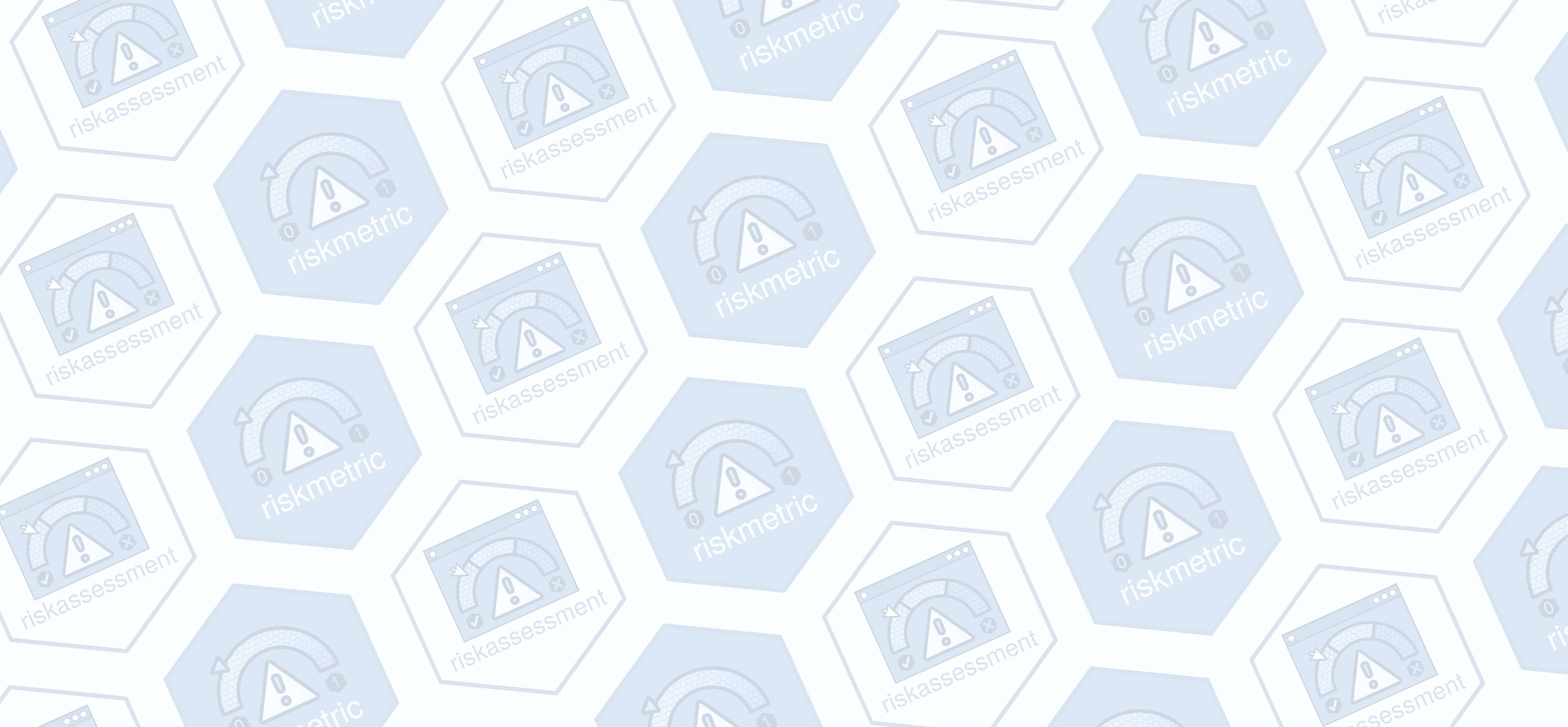Regulations Overview
Key guidance documents are provided by different regulatory entities, which oversee activities within their respective domains:
- International Conference on Harmonisation of Technical Requirements for Registration of Pharmaceuticals in Human Use (ICH)
- The United States Food and Drug Administration (FDA)
- European Medicines Agency (EMA)
- Japanese Pharmaceuticals and Medical Devices Agency (PMDA)
ICH E9 Statistical Principles for Clinical Trials
At the international level, ICH provides regulatory guidance for the pharmaceutical and medical devices industry. In the ICH E9 guidance on Statistical Principles for Clinical Trials. Regarding “Integrity of Data and Computer Software Validity”, it states:
The computer software used for data management and statistical analysis should be reliable, and documentation of appropriate software testing procedures should be available.
FDA 21 CFR Part 11
In 1997, the United States Food and Drug Administration (FDA) issued Part 11 of Title 21 of the Code of Federal Regulations (21 CFR Part 11), which provides regulations for electronic records and signatures. This final ruling states that:
“[Electronic records and signatures] be trustworthy, reliable, and generally equivalent to paper records and handwritten signatures executed on paper.”
Then in 2003, the FDA released the Guidance for Industry: Part 11, Electronic Records; Electronic Signatures – Scope and Application. This guidance clarifies how Part 11 should be enforced, and the intended scope.
In 2015, the FDA released a Statistical Software Clarifying Statement. This document states that they do not require the use of any specific software for statistical analyses. However, the FDA requests that software package(s) be documented upon submission. This documentation must include version and build identification.
FDA Study Data Technical Conformance Guide
In March 2018, the FDA released the Study Data Technical Conformance Guide. Delivering Software Programs, paragraph 4.1.2.10 states:
“Sponsors should provide the software programs used to create all ADaM datasets and generate tables and figures associated with primary and secondary efficacy analyses. Furthermore, sponsors should submit software programs used to generate additional information included in Section 14 CLINICAL STUDIES of the Prescribing Information (PI)26 if applicable. The specific software utilized should be specified in the ADRG. The main purpose of requesting the submission of these programs is to understand the process by which the variables for the respective analyses were created and to confirm the analysis algorithms. Sponsors should submit software programs in ASCII text format; however, executable file extensions should not be used.
In Conclusion, 21 CFR Part 11 is not relevant or mandatory in the context of statistical analysis software itself. However, when using R as part of a validated system, elements of 21 CFR Part 11 do apply.
EMA
In 2020, the European Medicines Agency published a Notice to sponsors on validation and qualification of computerised systems used in clinical trials and the associated Q&A.
The main notice addresses the subject of qualification documentation. A definition of “adequate” is provided within the Q&A.
“The sponsor may rely on qualification documentation provided by the vendor, if the qualification activities performed by the vendor have been assessed as adequate. However, the sponsor may also have to perform additional qualification (and validation) activities based on a documented risk assessment.”



